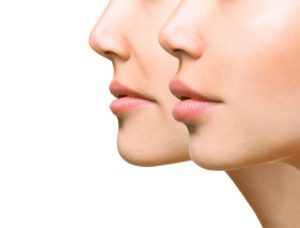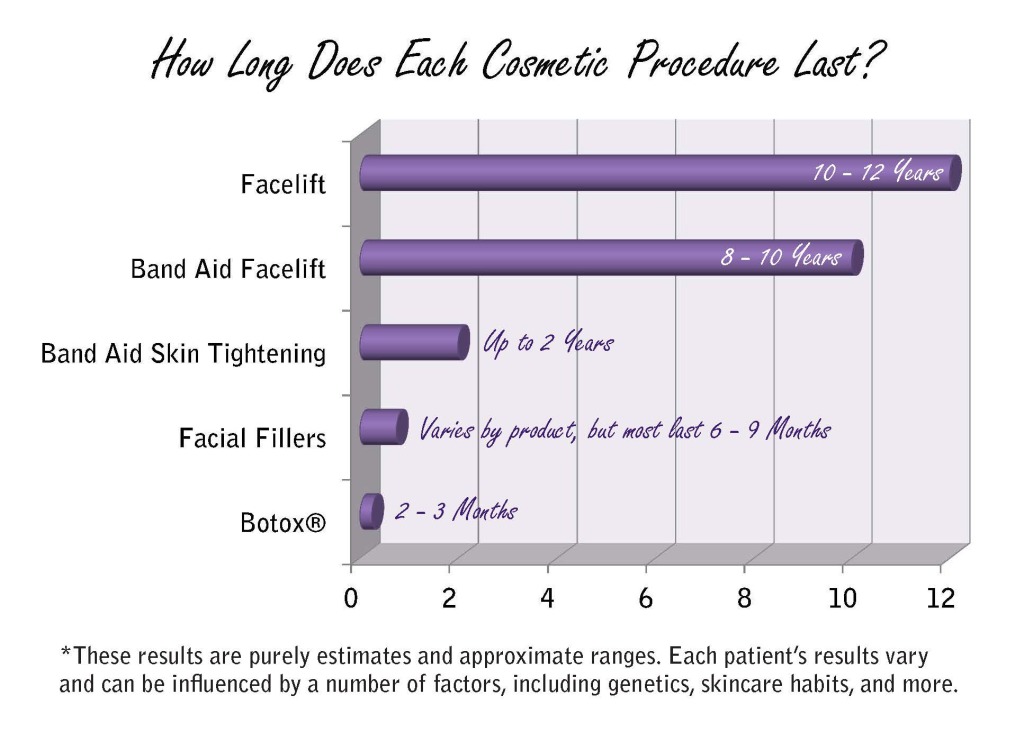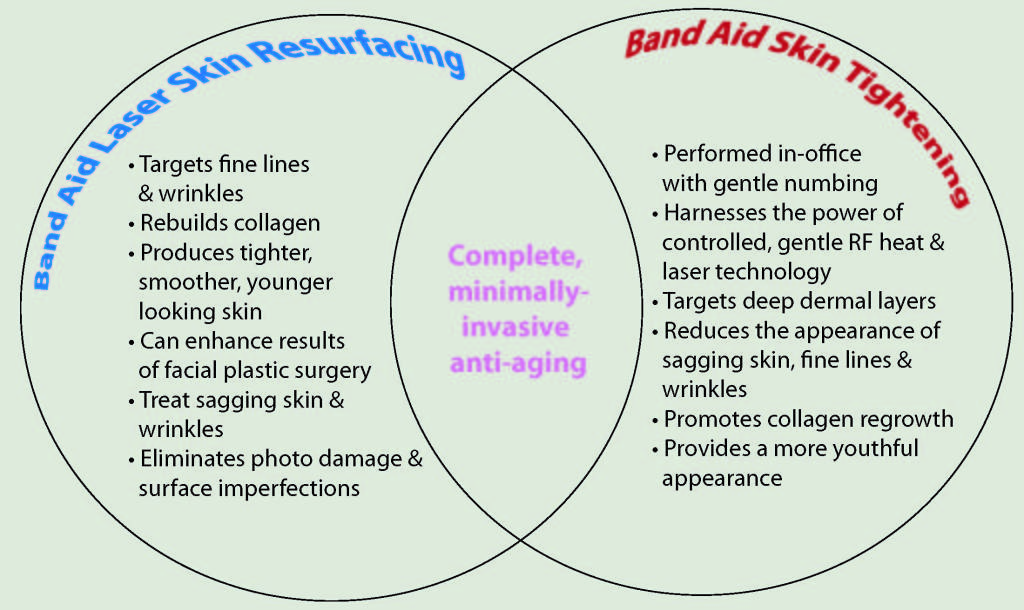The Science Behind Fillers
Facial fillers like Restylane®, Juvéderm®, and Radiesse® are among the most popular and best-known ways to diminish lines and wrinkles throughout the face. However, most patients simply know that fillers are injections that make their wrinkles smoother. Knowing more about any procedure you’re having or considering can help you better understand why certain products and techniques are ideal for your needs. Plus, many patients feel more at-ease when they know exactly what is being injected, how it’s being injected, and why. So, to help you be more informed about your facial rejuvenation choices, we’re delving a little deeper into the science behind dermal fillers and how they actually work.
The overall goal of fillers is to “fill in” wrinkles by plumping up the skin, and in some cases, to restore more youthful contours to your face. There are two general ways this can be done: by placing a temporary amount of volume (“volumizers”) or by causing your own body to produce more collagen—the protein that gives your skin youthful volume and firmness (“stimulators”). Volumizers produce results that are visible nearly immediately, but they generally last around 6-9 months as your body naturally breaks them down. Stimulators, on the other hand, produce much longer-lasting results, but because they rely on your body’s own processes, the results take longer to develop. Some facial fillers, however, combine both: they provide temporary volume while the body works on building collagen, so that the improved appearance continues even after the volumizer has broken down.
Types of Fillers
Within the categories of volumizers and stimulators, there are a number of different chemicals and compounds that can be used to make facial fillers. At my plastic surgery office in Atlanta, we offer the following types:
- Hyaluronic Acid (Restylane®, Juvéderm®)
Hyaluronic acid (or HA) is actually a substance that occurs naturally in your body, so the manufactured HA mimics a natural chemical. HA is a volumizer, so it offers temporary volume which lasts for approximately 6-9 months, depending on the brand and your body’s natural metabolism.
- Calcium Hydroxylapatite (Radiesse®)
This unique formula combines both volumizing and stimulating effects. The calcium hydroxylapatite (CaHA) is suspended in a gel, and while the gel creates temporary volume, the CaHA is stimulating new collagen. As a result, the results typically last one year or more.
Combining Facial Fillers with Other Facial Rejuvenation Methods
Dermal fillers have a number of advantages: the appointment takes just minutes to complete, they’re minimally invasive, and they’re able to target very specific wrinkles. However, they won’t address sagging skin, age spots, or expression lines. In these cases, filler injections are very easy to combine with other facial rejuvenation treatments. For instance, a Band Aid Mini Facelift can resolve sagging jowls and lift the mid-face, while fillers can address the remaining wrinkles or volume loss, resulting in a significantly younger yet natural-looking appearance. If you also have age spots or other surface imperfections you would like to address, these can typically be treated with Band Aid Laser Skin Resurfacing as an additional way to enhance your results.
When some patients want a cosmetic change, they simply go to their plastic surgeon and ask, “What can you do about this problem?” But in the digital age, it’s becoming easier and easier for patients to learn about a variety of procedures online. While being informed can be very beneficial in allowing you to understand your needs and your options, it’s important to only get your information from trusted, accurate sources and to rely on the advice of your board-certified plastic surgeon rather than simply taking your questions to Google. To learn what types of fillers or other cosmetic treatments are ideal for your needs, schedule a consultation with me, Dr. John L. LeRoy. Or, for more plastic surgery information and helpful tips, follow me on Facebook, Twitter, and Google+.


 If you only have a few minutes every several months…
If you only have a few minutes every several months…

 There are many things that can make a season brighter for people: YouTube videos of cute pets, time off from work to spend surrounded by loved ones, winter weather blanketing the ground in snow or simply cozying up by a fire. For many this season, ending the year with a positive change or doing something you’ve put off all year sparks a motivation to mark off the very last items left on your “to-accomplish list.” As a double
There are many things that can make a season brighter for people: YouTube videos of cute pets, time off from work to spend surrounded by loved ones, winter weather blanketing the ground in snow or simply cozying up by a fire. For many this season, ending the year with a positive change or doing something you’ve put off all year sparks a motivation to mark off the very last items left on your “to-accomplish list.” As a double